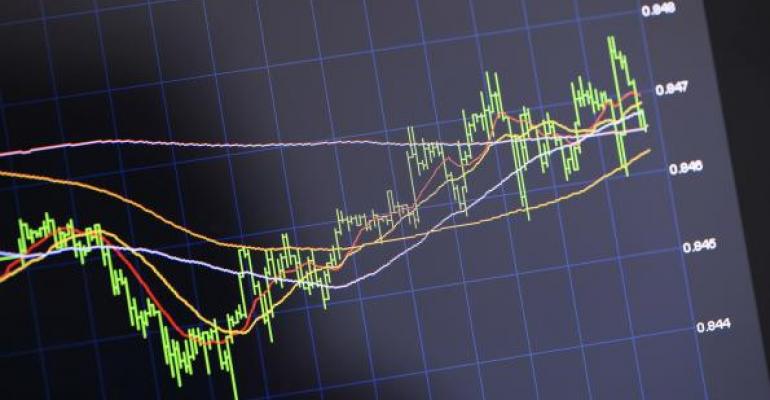Upon the recent publication of an article highlighting the performance of rather lightly traded ETF, a reader commented that, despite the fund’s attractiveness, he remained an unlikely investor. He cited the fund’s low daily turnover as his concern. Fair enough; I’m not in the business of making recommendations. But his comment got me thinking. There are lots of novel ETFs that are shunned out of hand because investors equate daily throughput with liquidity. Volume’s certainly a factor, but ETFs actually exhibit TWO kinds of liquidity—primary and secondary.

Most non-institutional investors effect their ETF transactions in the secondary market; they trade existing ETF shares on the exchange, relying mostly on the liquidity displayed on-screen from their brokers to trade with other investors or market makers.
Not all of an ETF’s liquidity is readily visible through the national best bid or offer, though. There’s substantial liquidity hidden inside an ETF’s order book as well as in the additionalquotes emanating from other exchanges and the OTC market. Without seeing the entire array of trading information, an investor could seriously underestimate an ETF’s true liquidity.
There’s supply to be found in the primary market as well. Remember, the store of ETF shares is open-ended. Shares can be created or redeemed at will to offset changes in demand through the intervention of institutional investors known as Authorized Participants (“APs”). If one wants to trade an ETF in size – REAL size, denominated in blocks of 50,000 or 100,000 shares—an AP can be enlisted to work the deal.
Viewed from this perspective, it’s actually the liquidity of the ETF’s underlying securities that determines how many ETF shares can be created (bought) or redeemed (sold) without market impact. With a little math, you can determine the number of shares that can be traded in any of the fund’s underlying securities without crossing that threshold (if you’re math averse, Bloomberg will do the computation for you). With these values in hand, you can then determine the structural liquidity of the ETF itself.















No Comments